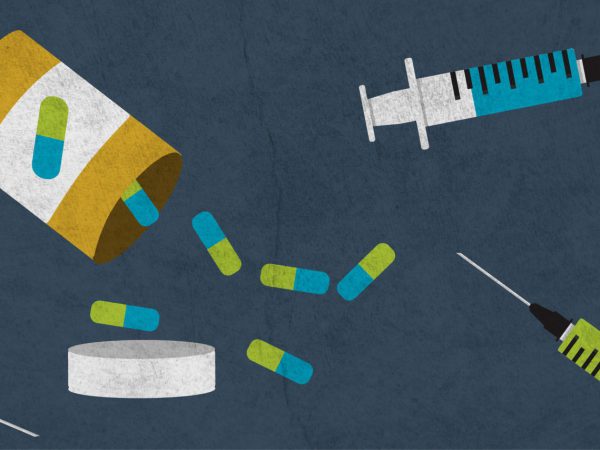Alex Cohen is the Director of Learning and Evaluation for the Richard M. Fairbanks Foundation.
In 2017, more than 1,700 people died of a drug overdose in Indiana—an all-time high. This surge in overdose deaths has been driven by opioids, which now account for more than 80% of overdose deaths.
Along with effective substance use prevention and harm reduction strategies, properly addressing the opioid epidemic requires ensuring access to effective treatment for individuals with opioid use disorder.
That includes those in the criminal justice system.
A large share of individuals in prisons and jails have misused opioids, and it’s estimated that 24%-36% of all heroin addicts pass through the criminal justice system each year. This suggests that prisons and jails represent a critical opportunity to provide treatment for opioid use disorder.
Yet access to medication-assisted treatment, or MAT, the “gold standard” for treating opioid use disorder, is low among those in the criminal justice system. Buprenorphine, better known as Suboxone, and methadone are two forms of MAT. According to a recent study, only 5 percent of individuals involved in the criminal justice system received treatment using buprenorphine or methadone, compared to 41 percent outside. This is despite ample evidence demonstrating the effectiveness of MAT among individuals in jails and prison.
Increasingly, many jails and prisons are providing access to only one form of MAT upon release—naltrexone, known by the brand name Vivitrol—in large part due to the misguided belief that use of buprenorphine and methadone is simply “substituting one drug for another.” But the best practice is to allow doctors the option to prescribe all three forms of MAT, including buprenorphine and methadone.
Incarcerated individuals are susceptible to overdose if they begin misusing opioids or using heroin again, due to lower tolerance. Reliable access to MAT can substantially reduce this risk.
A pilot program in Rhode Island found that providing all forms of MAT to incarcerated individuals reduced post-incarceration deaths by 61 percent. Following the results, one of the report’s authors commented that “not treating inmates with the community standard of care for addiction should be considered a violation of the U.S. Constitution’s Eighth Amendment prohibition on cruel and unusual punishment.”
In a recent report to Governor Eric Holcomb and Executive Director of Drug Prevention, Treatment and Enforcement Jim McClelland, the Pew Charitable Trust provided specific recommendations on improving access to MAT in Indiana, including for those in the criminal justice system. These and similar efforts to ensure individuals with opioid use disorder have access to the standard of care are critical to combatting the opioid epidemic—and decreasing overdose deaths in Indiana.
တဂ်လုပ်ထားသည်- Criminal justice, Indiana, MAT, Opioids, Richard M. Fairbanks ဖောင်ဒေးရှင်း


